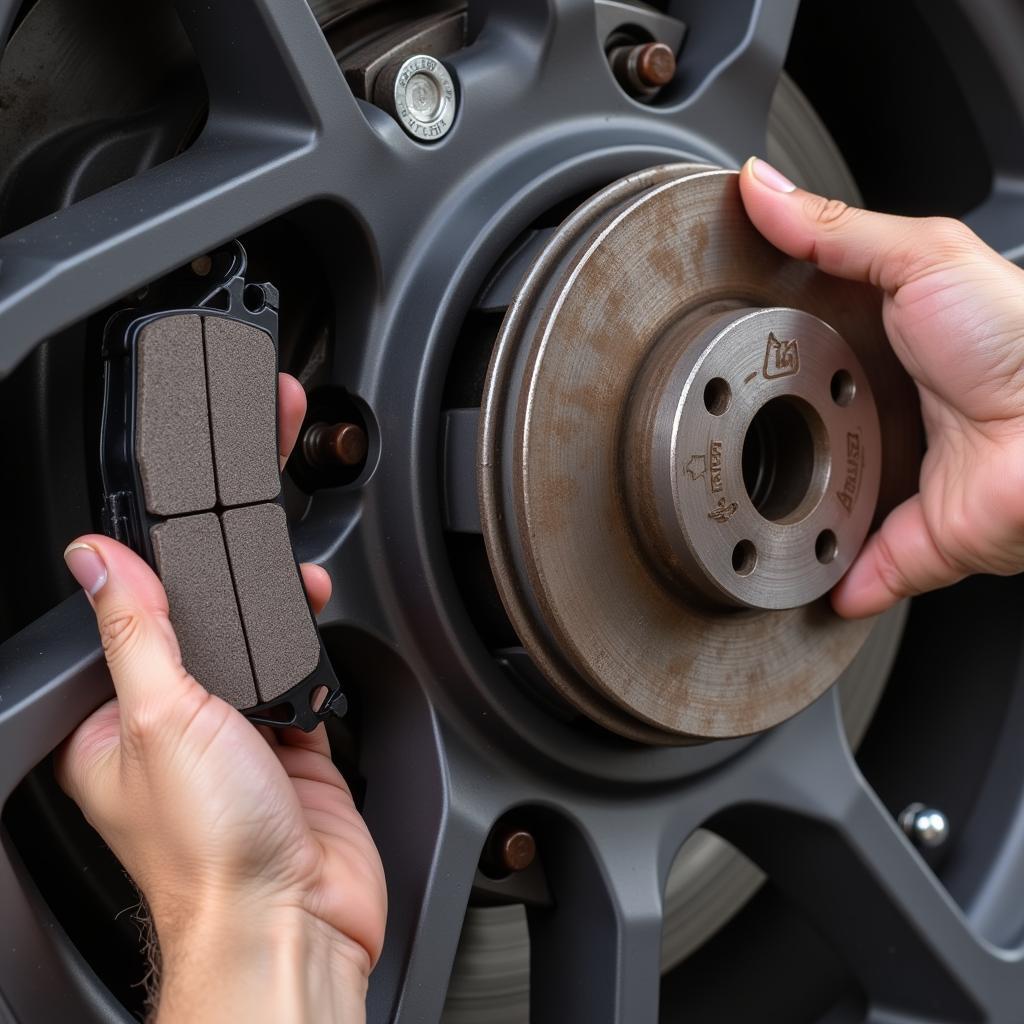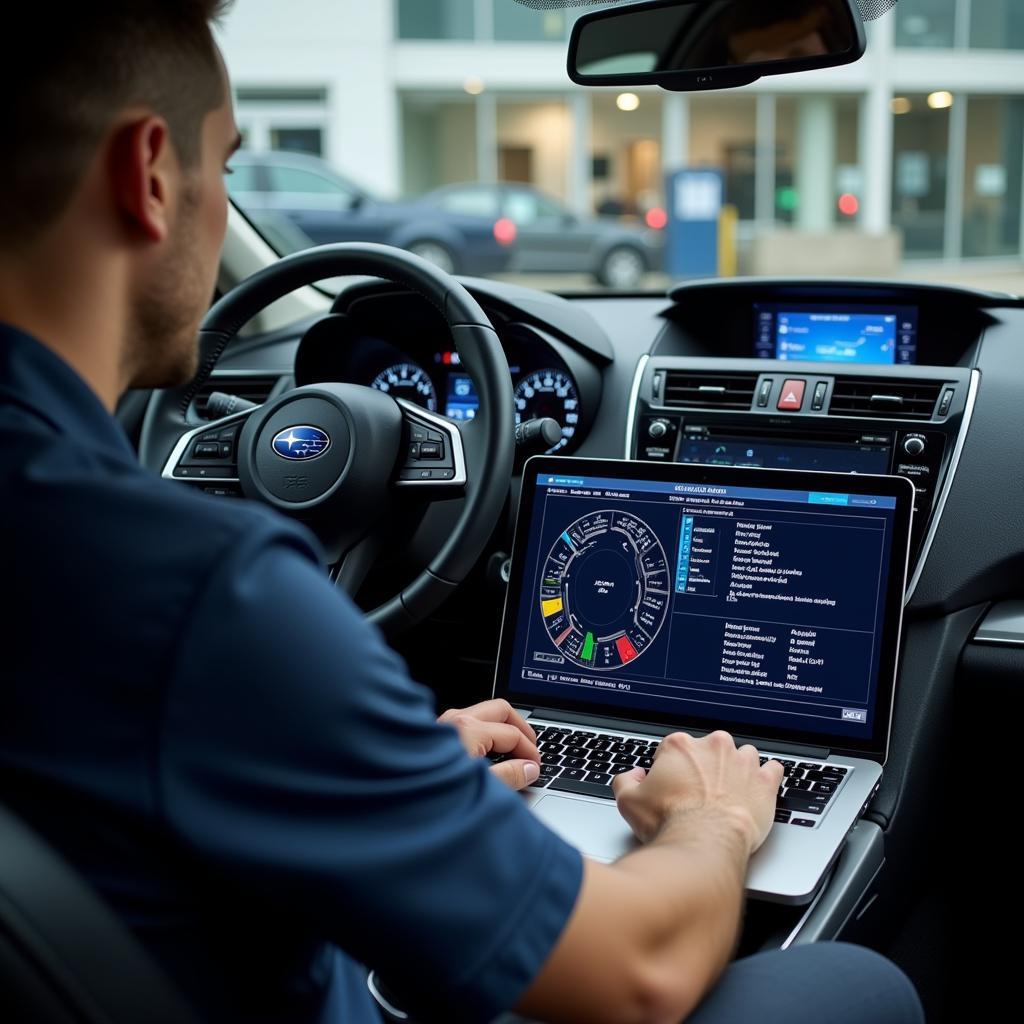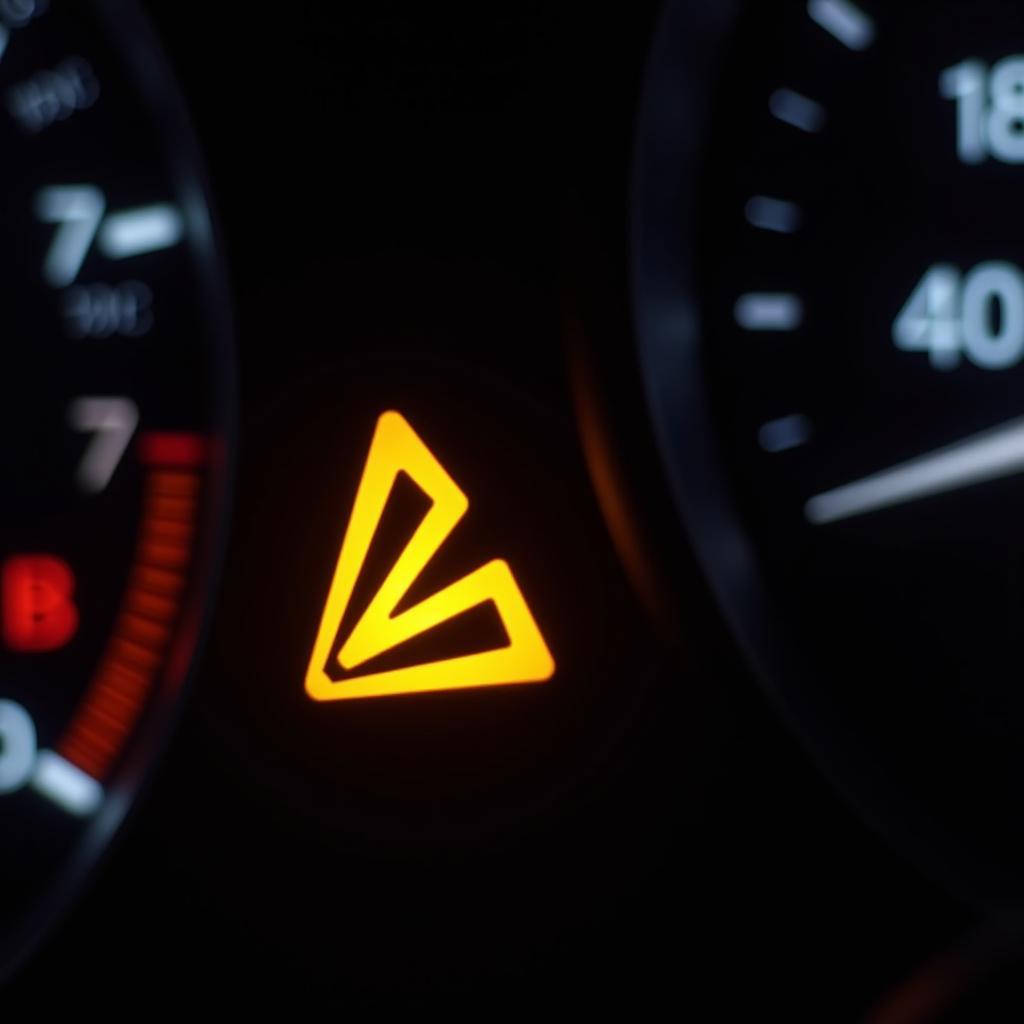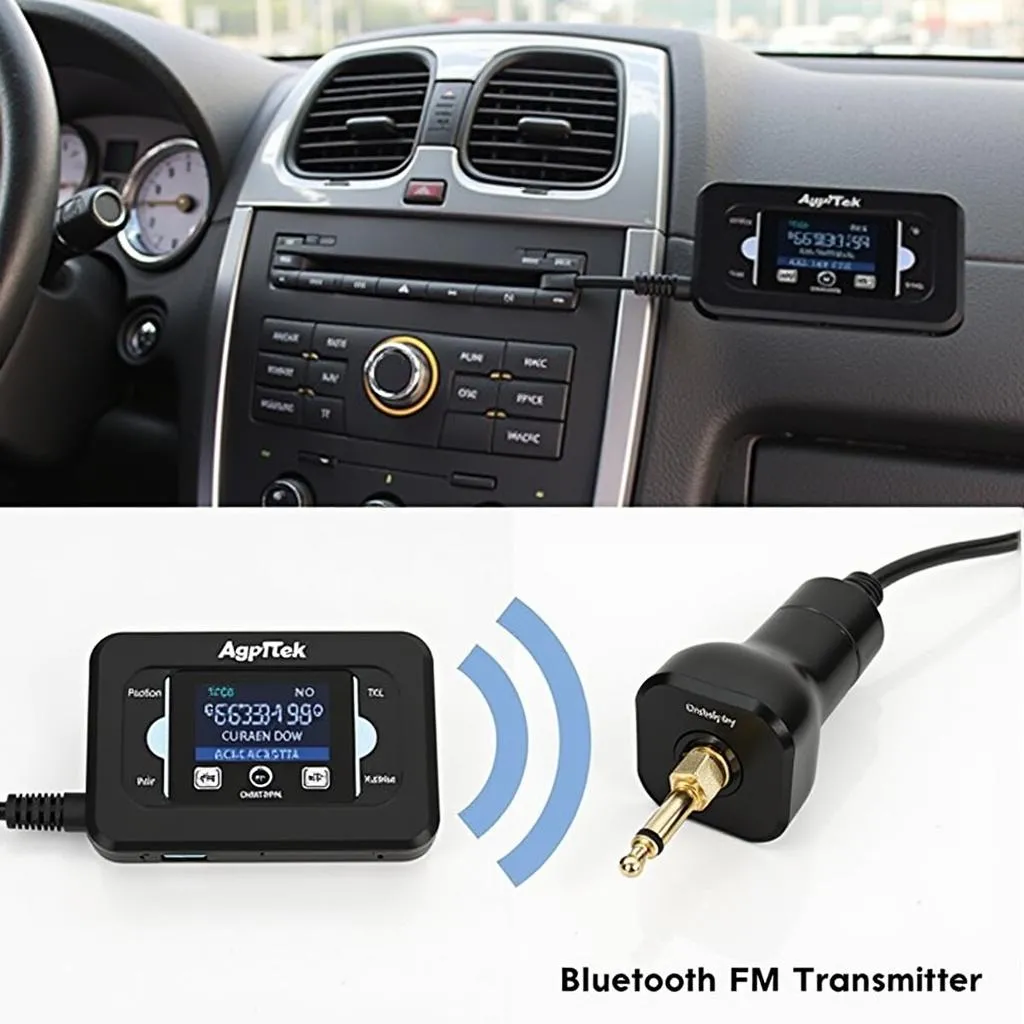The Subaru Outback brake system warning light can be a source of anxiety for any driver. This light, often a disconcerting red or yellow illumination on your dashboard, signals a potential issue within your braking system. Understanding its meaning and how to address it can save you from costly repairs and ensure your safety on the road.
Decoding Your Subaru Outback’s Brake Warning Light
The brake warning light can be triggered by several different issues, ranging from simple fixes to more complex problems. Sometimes, it’s as straightforward as forgetting to release the parking brake. Other times, it can indicate low brake fluid, worn brake pads, or a malfunction within the ABS (Anti-lock Braking System). Identifying the root cause is the first step towards a solution.
Common Causes of the Brake Warning Light
The most common causes of the brake warning light in a Subaru Outback include:
- Low Brake Fluid: This is often the primary culprit. Low brake fluid can be due to a leak or simply worn brake pads. Regularly checking and topping off your brake fluid is essential preventative maintenance.
- Worn Brake Pads: Brake pads have wear indicators that trigger the warning light when they reach a critical thickness. Replacing your brake pads promptly ensures optimal braking performance.
- Parking Brake Engaged: Sometimes the simplest explanation is the correct one. Ensure your parking brake is fully disengaged.
- ABS Issues: A malfunctioning ABS can also trigger the brake warning light. This usually requires professional diagnosis and repair.
- Faulty Brake Light Switch: The brake light switch is responsible for activating your brake lights when you press the brake pedal. A faulty switch can sometimes trigger the warning light as well.
Troubleshooting the Brake Warning Light Yourself
Before rushing to a mechanic, there are a few checks you can perform yourself:
- Check the Parking Brake: Make sure the parking brake is fully released.
- Inspect Brake Fluid Level: Locate the brake fluid reservoir under the hood and check the fluid level. If it’s low, add brake fluid that meets the manufacturer’s specifications.
- Visually Inspect Brake Pads: If possible, take a look at your brake pads through the wheel spokes. If they appear very thin, they likely need replacement.
When to Seek Professional Help
If you’ve performed these basic checks and the warning light persists, it’s time to consult a qualified technician. Diagnosing ABS issues or other complex brake problems requires specialized tools and expertise. Ignoring the warning light can lead to further damage and compromise your safety.
 Checking Subaru Outback Brake Pads
Checking Subaru Outback Brake Pads
“A properly functioning brake system is paramount for safe driving,” says John Davis, ASE Certified Master Technician. “Never ignore the brake warning light. Even seemingly minor issues can escalate quickly and put you at risk.”
Using Remote Diagnostics for Subaru Outback Brake Issues
Modern technology allows for remote diagnostics and even software updates to address certain brake system problems. This can often save time and money by identifying the issue quickly and allowing for targeted repairs or software recalibrations.
 Technician Performing Remote Diagnostics on a Subaru Outback
Technician Performing Remote Diagnostics on a Subaru Outback
“Remote diagnostics can be incredibly helpful, especially with intermittent issues,” adds Maria Sanchez, Automotive Electronics Specialist. “We can access the vehicle’s data in real-time and pinpoint the problem without needing the car physically in the shop.”
Conclusion
The Subaru Outback brake system warning light is a crucial safety feature. Understanding its potential causes and taking appropriate action can prevent serious problems and keep you safe on the road. While some issues can be addressed with simple DIY checks, don’t hesitate to seek professional help when necessary. Addressing the problem promptly ensures your Outback’s braking system remains in top condition, providing you with the confidence and safety you deserve.
FAQ
- What does the red brake light mean? A red brake light usually indicates a serious issue, such as low brake fluid or a malfunction within the braking system.
- Can I drive with the brake light on? It’s not recommended to drive with the brake light on. Have the issue diagnosed and repaired as soon as possible.
- How often should I check my brake fluid? Check your brake fluid level at least once a month.
- How much does it cost to replace brake pads? The cost varies depending on the model year and whether you choose OEM or aftermarket parts, but expect to pay several hundred dollars.
- What is ABS and why is it important? ABS (Anti-lock Braking System) prevents wheel lockup during hard braking, allowing you to maintain steering control.
- Can remote diagnostics fix all brake problems? No, remote diagnostics can identify many problems, but physical repairs are often necessary.
- How can I find a qualified technician to diagnose my Subaru Outback’s brake system? Look for ASE certified technicians specializing in Subaru vehicles.


